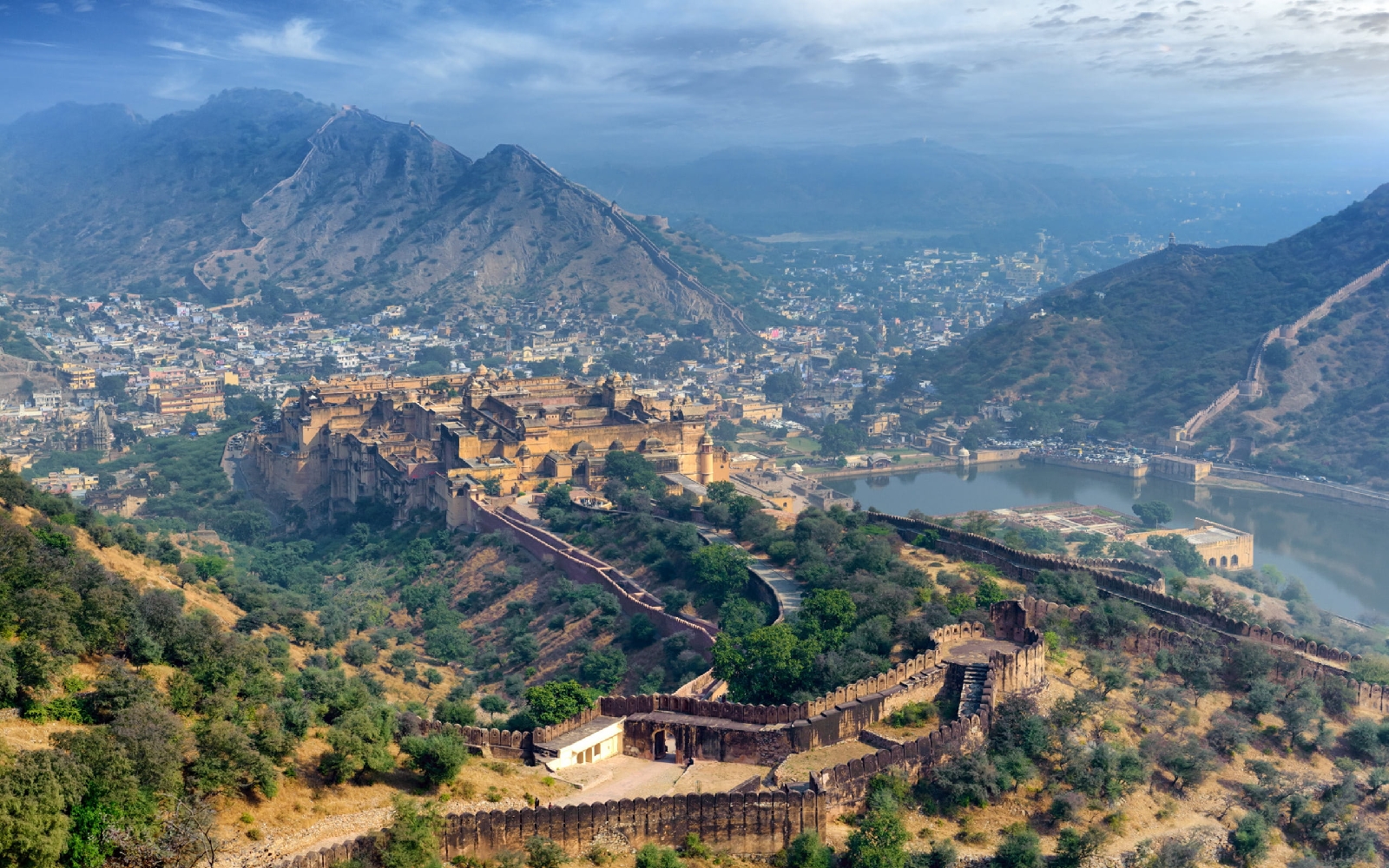Title:
Exploring the Enigmatic Beauty of Ellora Caves: A Journey into Ancient India's Architectural Marvels
Introduction:
Nestled amidst the lush green landscape of Maharashtra, India, lies a UNESCO World Heritage Site that captivates the imagination and transports visitors back in time. The Ellora Caves, located near the city of Aurangabad, are a testament to the rich cultural heritage and architectural brilliance of ancient India. With its magnificent rock-cut temples, monasteries, and shrines, the Ellora Caves serve as a window into the golden era of Indian civilization. In this blog, we embark on a virtual journey to explore the intricate carvings, religious symbolism, and historical significance of this awe-inspiring archaeological wonder.
Historical Background:
The Ellora Caves, spanning over a distance of approximately 2 kilometers, were excavated between the 6th and 10th centuries CE, during the reign of the Rashtrakuta and Yadava dynasties. This period marked a significant confluence of Hindu, Buddhist, and Jain cultures, which is reflected in the diversity of religious structures found within the caves. Over the centuries, Ellora became a pilgrimage site, attracting devotees from various faiths.
Religious Significance:
The caves at Ellora are divided into three distinct groups based on their religious affiliation. The southernmost group features twelve Buddhist caves, which were the earliest to be carved. These caves, adorned with exquisite sculptures and murals, offer insights into the life and teachings of Buddha.
Moving towards the center, we encounter the Hindu caves, characterized by grandeur and intricate details. The most iconic among them is Cave 16, known as the Kailasa Temple. Carved from a single massive rock, it is the largest monolithic structure in the world. The Kailasa Temple represents Mount Kailash, the abode of Lord Shiva, and stands as a remarkable example of Dravidian architectural style.
To the north, the Jain caves are a testament to the Jain faith's artistic heritage. The five Jain caves depict intricate carvings of Tirthankaras, celestial beings, and scenes from Jain mythology. Cave 32, also known as the Indra Sabha, is particularly noteworthy for its elaborate sculptures and ornate pillars.
Architectural Marvels:
The architectural brilliance of the Ellora Caves lies in the mastery of rock-cutting techniques. The artisans meticulously transformed the solid basalt rock into ornate facades, detailed sculptures, and expansive halls. The seamless integration of various architectural styles, including Dravidian, Nagara, and Gupta, further adds to the site's grandeur.
The intricate carvings on the cave walls depict episodes from Hindu epics like the Ramayana and the Mahabharata, Buddhist Jataka tales, and Jain scriptures. The skilled craftsmen also brought to life various deities, celestial beings, and mythological creatures, showcasing their artistry and devotion.
Preservation and UNESCO Recognition:
Recognizing the exceptional cultural and historical significance of the Ellora Caves, UNESCO declared it a World Heritage Site in 1983. Efforts have been made to preserve and protect the caves from natural elements and human activities. Conservation initiatives, such as the installation of drainage systems and regular monitoring, have helped in maintaining the integrity of these ancient structures.
Visiting Ellora Caves:
Visiting the Ellora Caves is like stepping into a time machine that transports visitors to a bygone era. As you wander through the labyrinthine network of caves, you can witness the fusion of artistic expressions and religious devotion that flourished centuries ago.
The best time to visit Ellora is during the winter months (November to February) when the weather is pleasant. Aurangabad, the nearest



Comments
Post a Comment